
1. Kale Flowering Garden
Kale was known only as a vegetable. The leaves were often cut and eaten, and they were often thrown away. Galer couldn't cut the kale. Then I found flowers. The kale flowers were pretty. Since then, I don't cut kale stems to see kale flowers in the garden.
Kale is loved by caterpillars. In particular, butterflies lay their eggs on kale leaves. If you grow kale in your garden, you can meet a lot of butterflies.
From now on, let's meet the kale garden, a different garden where kale flowers bloom.
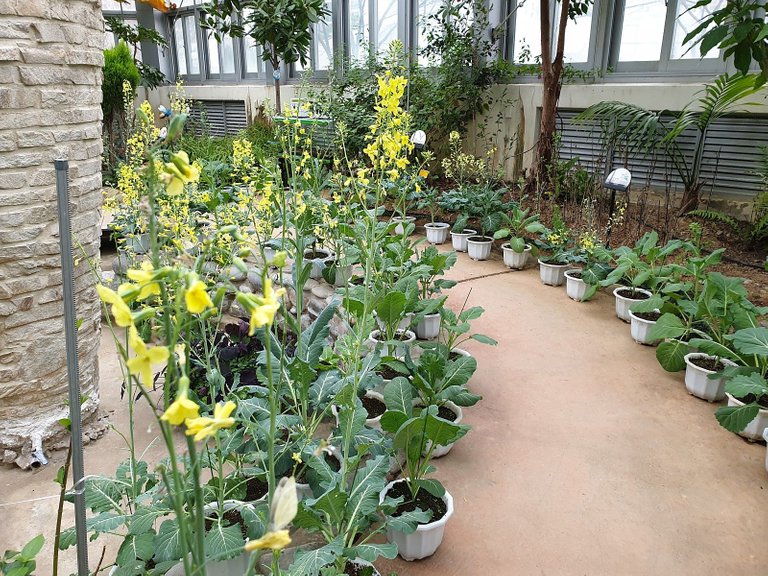
2. What is kale?
Kale, which is native to the Mediterranean, has a variety of nutrients and is used as a representative superfood. In Korea, ssam kale, which is most easily seen with its wide and flat leaves, curly kale with curly leaves like thick and strong mustard leaves, and flower kale that has green and red colors and grows layer by layer like lettuce are distributed.
Kale is mainly used as ssam vegetables, salads, and green juice, but like sesame leaf kimchi, kale kimchi is eaten with a seasoning sauce on it, blanched greens, or juice or chips can be used in various ways. As with most vegetables, kale is good for health to eat raw as much of useful nutrients such as vitamins can be destroyed when heated.
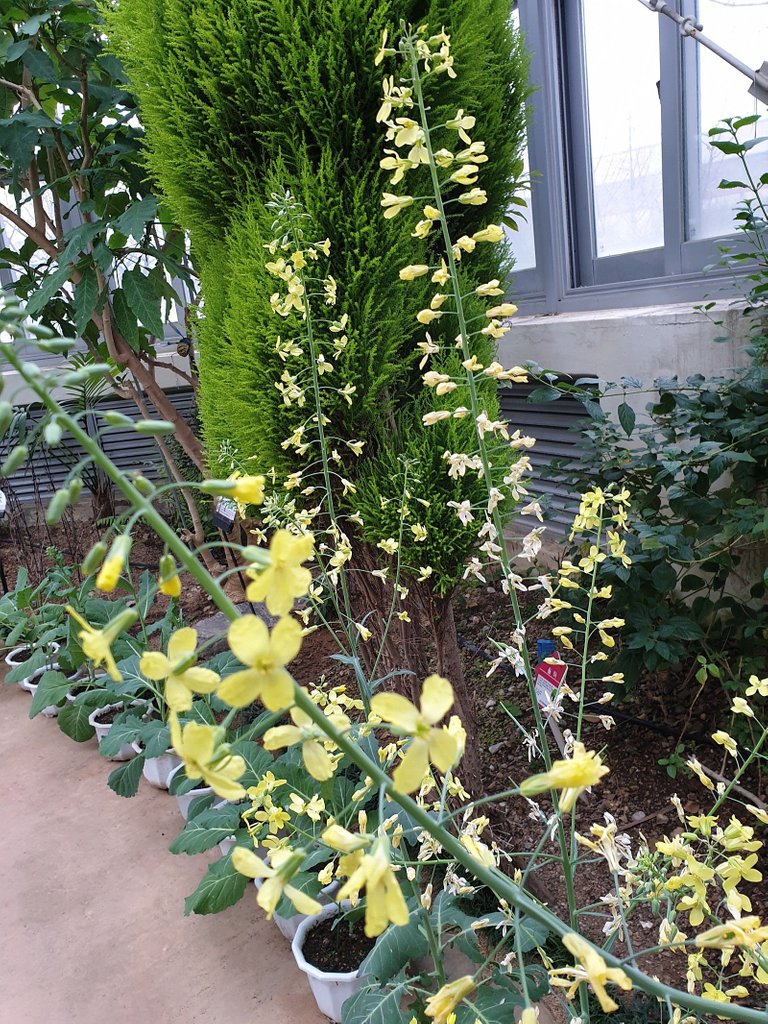
3. Kale Nutrition and Benefits
Kale is the green-yellow vegetable with the highest beta-carotene content. Beta-carotene has anti-cancer effects as it suppresses free radicals that are harmful to our body, improves immunity, helps prevent various cancers, and removes toxins such as nicotine. It is also very rich in lutein, which is good for eye health.
In addition, kale is one of the most sources of vitamin K, which helps blood clotting and bone health, and is also rich in calcium and magnesium, which is good for preventing osteoporosis.
In addition, kale contains a large amount of minerals and vitamins, including water (89.7%), carbohydrates (4.1%), protein (3.5%), and lipids.
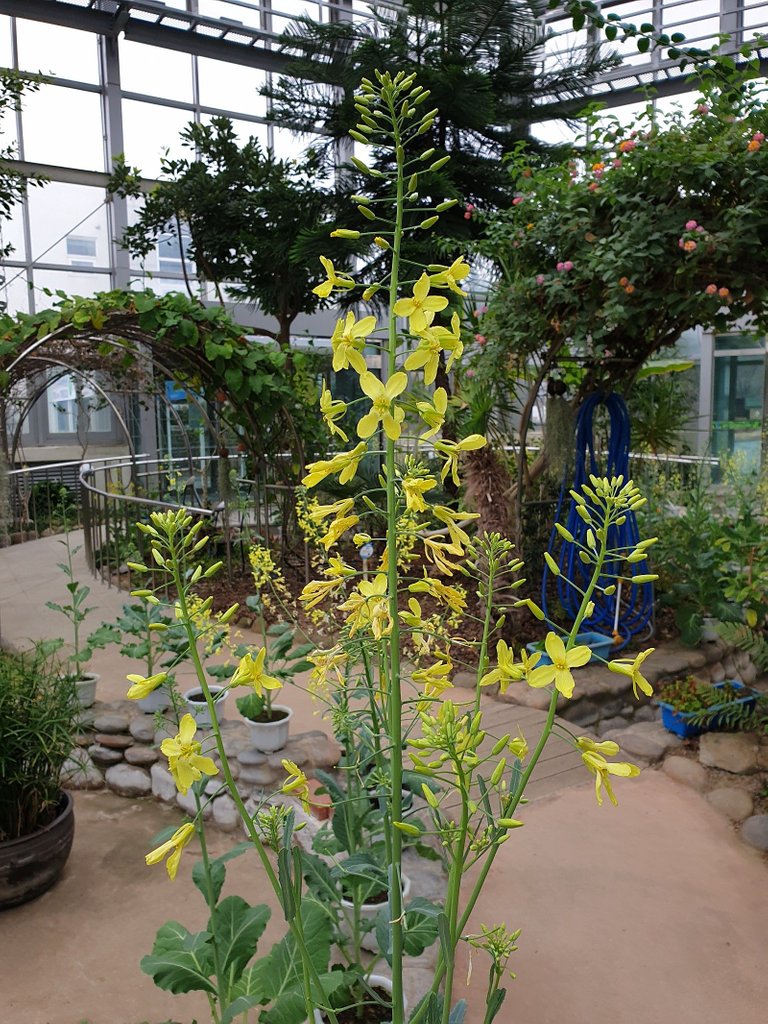
4. How to Pick Kale
Kale should be fresh when the leaves are dark green in color, and it should be heavy to the touch and have no spots on the surface. Large leaves and thick stems are good for green juice, but soft young leaves are better for wraps or salads. In general, kale is weak against pests and pests and uses a lot of pesticides, so kale eaten by insects is more likely to be kale less affected by pesticides.
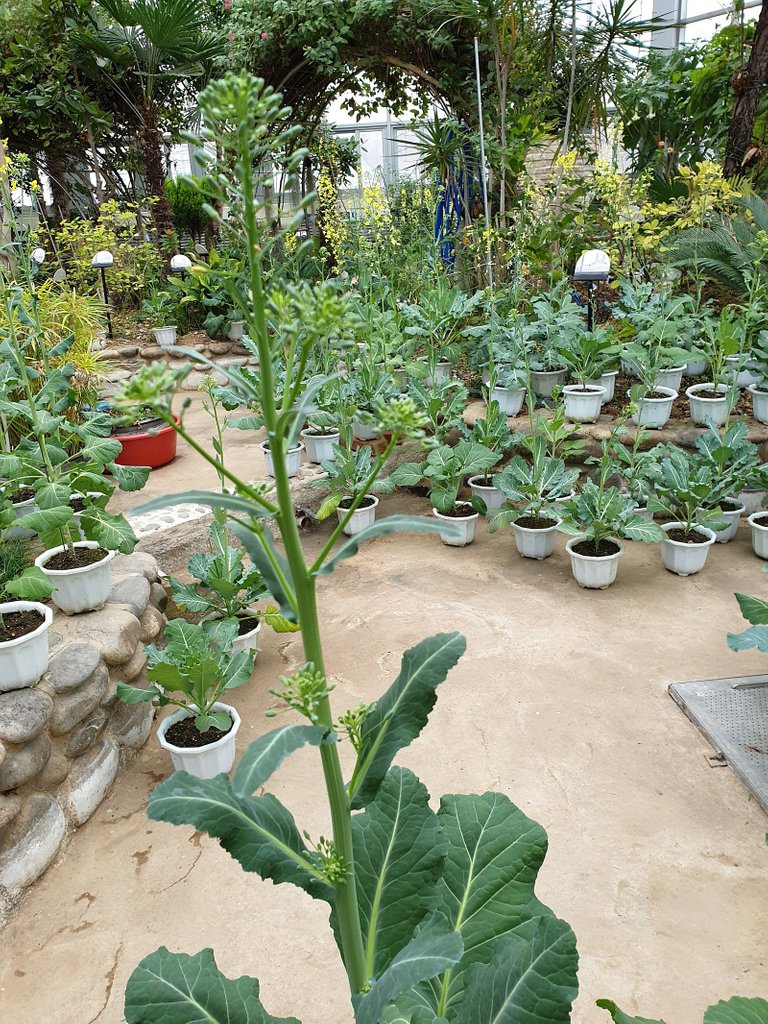
5. How to cut kale
Remove foreign substances from the roots or leaves, wash thoroughly under running water, and drain through a sieve before use. When making juice with kale for juice with large leaves, it is recommended to cut only the leaves, as the leaves are strong and thick, which can make the texture worse. Also, adding vinegar or lemon when making green juice can reduce the loss of vitamin C. When eating cooked, it is recommended not to heat it for more than 5 minutes to prevent nutrient destruction.
When used in salads, use with romaine lettuce to reduce the characteristic bitter taste of kale and add a savory taste.
Wash thoroughly under running water and drain through a sieve before use.
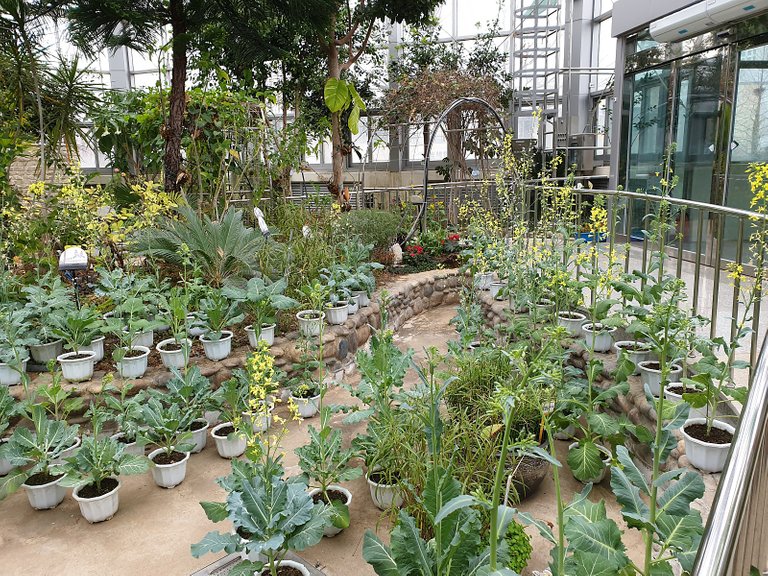
6. How to store kale
It is best to wrap it in newspaper or plastic bag and refrigerate it.
Kale leaves can wither easily, so wrap it in newspaper or plastic wrap and keep it refrigerated. It is difficult to store for a long time, so eat it as soon as possible to keep it fresh.
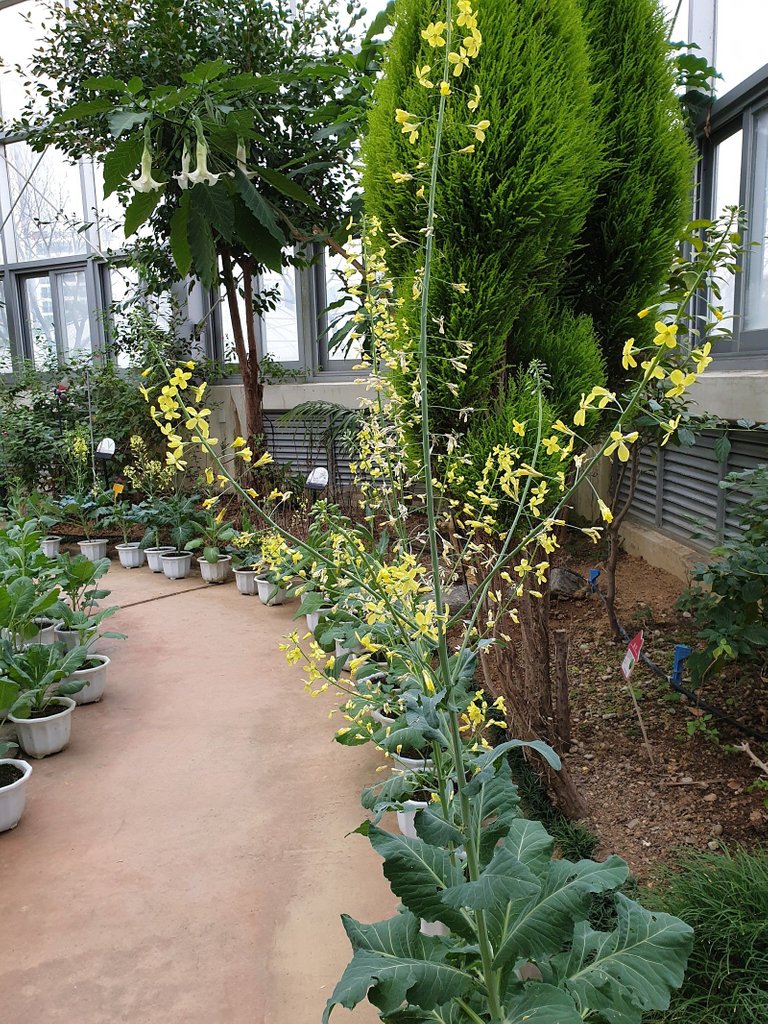
7. Back in the Kale Gardens
Kale is a vegetable. The yellow flowers are attractive. Kale grown in the garden can meet flowers if the leaves are cut and eaten and not cut. Kale flowers attract many bees and butterflies.
From now on, let's make a kale garden, a different garden with kale flowers.
Congratulations @kk7! You have completed the following achievement on the Hive blockchain and have been rewarded with new badge(s):
Your next target is to reach 100 upvotes.
You can view your badges on your board and compare yourself to others in the Ranking
If you no longer want to receive notifications, reply to this comment with the word
STOPTo support your work, I also upvoted your post!
Check out the last post from @hivebuzz:
Support the HiveBuzz project. Vote for our proposal!
내가 직접 가꾸면 찍은 사진입니다.
원 저자를 어떻게 표시하는지 알려주세요.
저는 초보라서 잘 모릅니다.